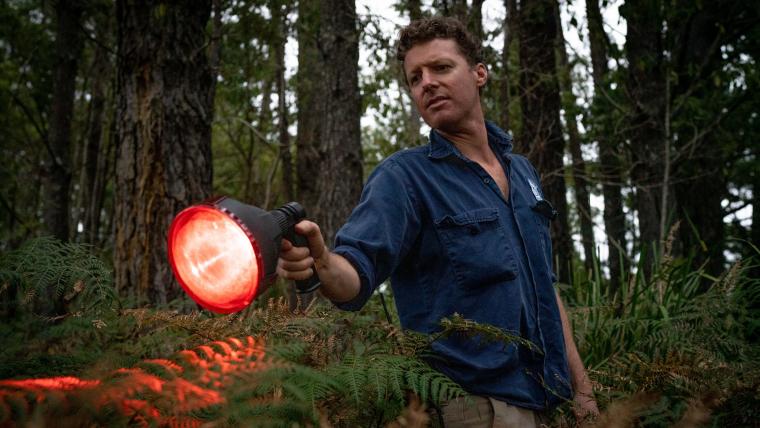
Can we reverse extinction? This conservationist is restoring Australia’s wild side
What characterises Australia? For Rob Brewster, it’s the animals. “If we don’t have them, we’re just another patch of dirt sitting in the ocean,” the conservationist says. From laughing kookaburras to spiny echidnas, the country is known for its unique assortment of creatures. But without dedicated action to protect them, they may one day be no more. “It’s no secret that the world is facing our sixth extinction epoch,” Brewster says. In an effort to reverse the deleterious effects that humans have had, he’s striving to save this nation’s precious animal life.
Brewster is the founder and director of Rewilding Australia, an organisation committed to restoring populations of keystone species. “Just trying to make our planet better is worthwhile, even if we don’t succeed,” he says. And yet, they’ve worked their way to victory. For decades, eastern quolls were extinct in mainland Australia as a result of disease and predators. But a large population of the marsupials remained in neighbouring Tasmania. Over the last five years, Brewster and his team have reintroduced 60 eastern quolls to Booderee National Park and given them the chance to start life over in their native land.
“I really do feel like our life mission is to bring back animals that are missing,” Brewster says. The species that Rewilding Australia focuses on, such as quolls, devils and dingos, are often vital links in the chains of local ecosystems. By returning the animals to where they once roamed, they can play their part in rehabilitating entire landscapes, making them drought, fire, and climate change resistant over time. For a country that has recently experienced devastating blazes, this is crucial. “There’s still hope,” Brewster says. As a result of his commitment, Australia’s wild side will prevail. And for that, this nation is stronger.






























Please sign in to leave a comment